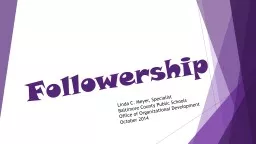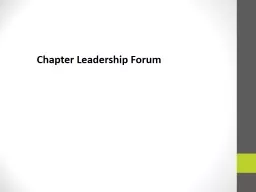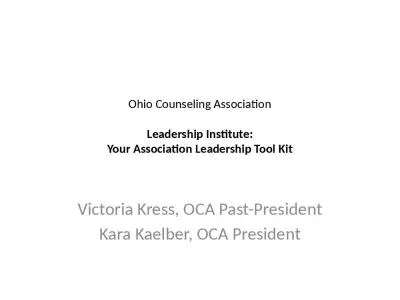PPT-Chapter 12 Leadership and Followership Skills
Author : pasty-toler | Published Date : 2020-01-13
Chapter 12 Leadership and Followership Skills OBJECTIVES 1 Compare and contrast three styles of leadership 2 Describe at least one situation in which each style
Presentation Embed Code
Download Presentation
Download Presentation The PPT/PDF document "Chapter 12 Leadership and Followersh..." is the property of its rightful owner. Permission is granted to download and print the materials on this website for personal, non-commercial use only, and to display it on your personal computer provided you do not modify the materials and that you retain all copyright notices contained in the materials. By downloading content from our website, you accept the terms of this agreement.
Chapter 12 Leadership and Followership Skills: Transcript
Download Rules Of Document
"Chapter 12 Leadership and Followership Skills"The content belongs to its owner. You may download and print it for personal use, without modification, and keep all copyright notices. By downloading, you agree to these terms.
Related Documents












![READ [PDF] Leadership and Training for the Fight: A Few Thoughts on Leadership and](https://thumbs.docslides.com/1019111/read-pdf-leadership-and-training-for-the-fight-a-few-thoughts-on-leadership-and.jpg)

